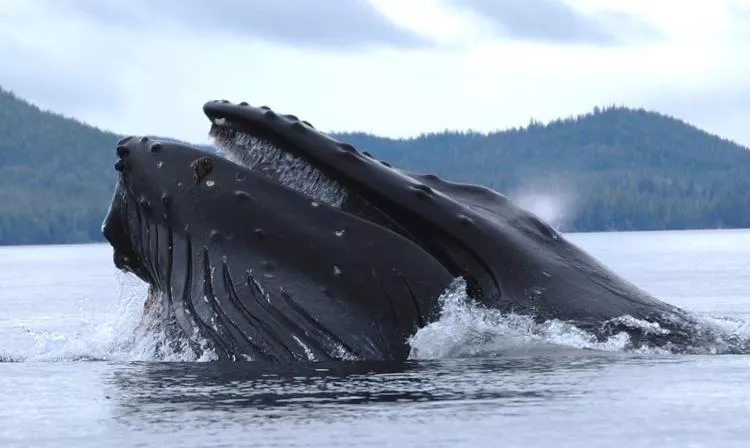Whales' baleen plates disclose their dietary habits
A study has revealed that the baleen plates of whales can hold some clues to their feeding habits.
Scientists have discovered that the baleen plates of toothless whales can reveal how these mammals adapt to environmental changes over time. By examining the baleen plates, which held a chemical record of their feeding patterns, scientists could find out how changes in the whales’ feeding habits corresponded with the changing climate cycles.
After a study involving humpback and right whales in the Pacific and Indian Ocean, they published their findings in the Frontiers in Marine Science journal.
“What is incredible is that all of this information about dietary and spatial patterns has been unlocked just through analysing plates in their mouths,” said lead author Adelaide Dedden, a PhD candidate at UNSW Science.
For filter-feeding whales, their bristle-like baleen allows small prey to filter through, while at the same time laying down chemical clues known as stable isotopes that give off clues about their diet.
“As the baleen grows, biochemical signals from their food are trapped. Like the information on the pages in a book, they don’t change with time,” said senior author Prof Tracey Rogers, a UNSW marine ecologist. “These signals allow us to reconstruct the behaviour of the whales through time—what they ate, and the general area they were at the time.”




























